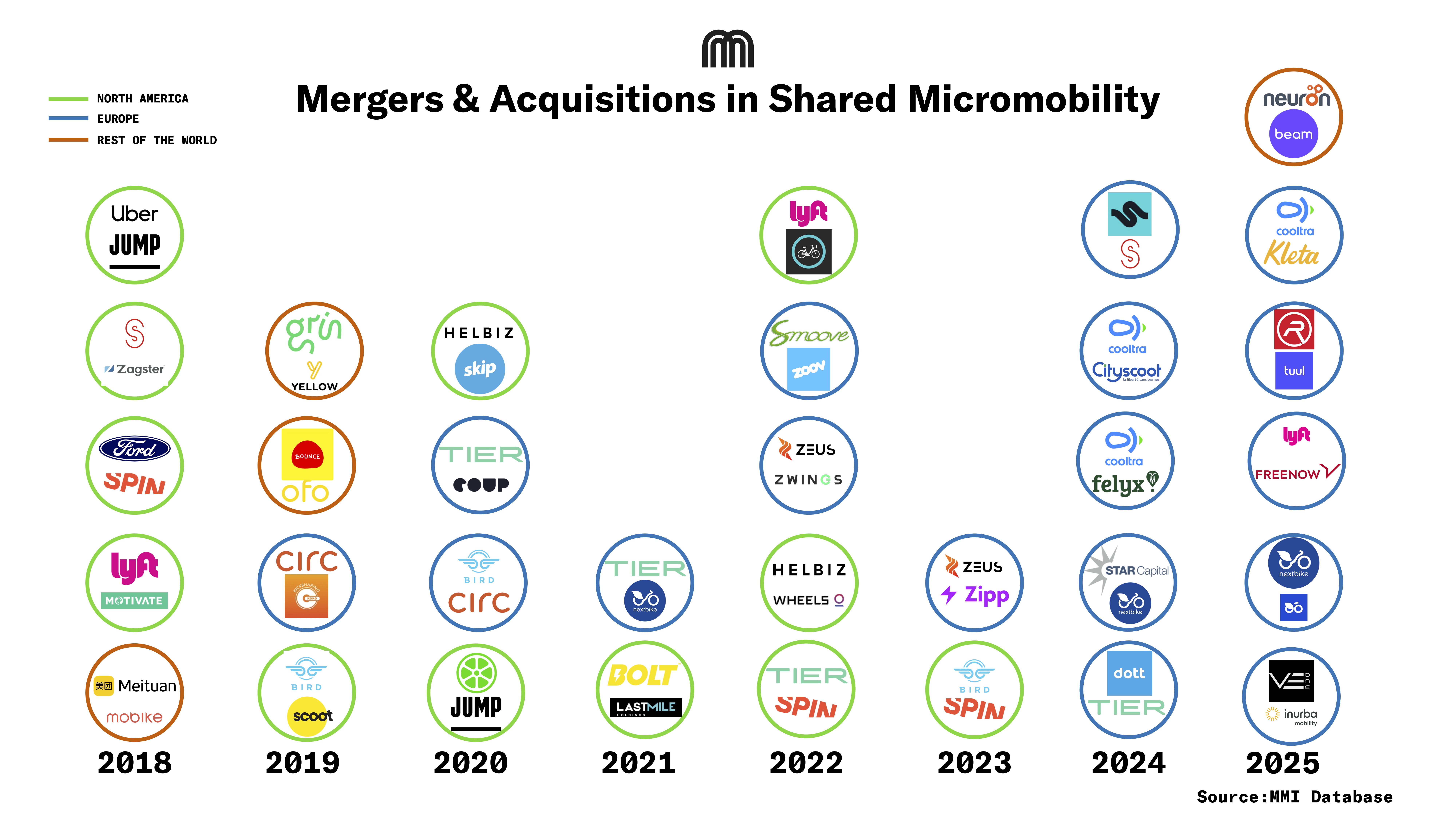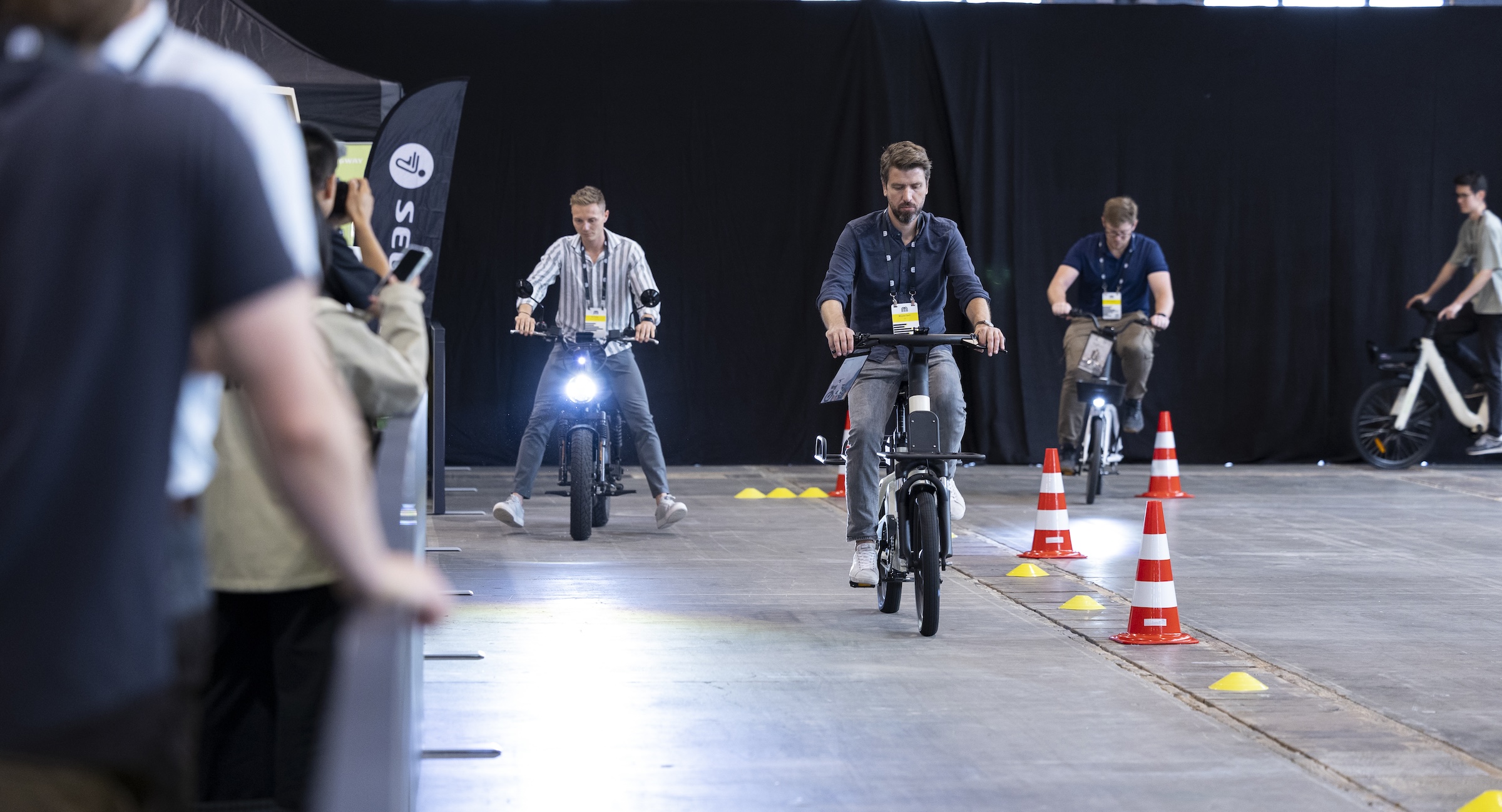BULL: Bird, Uber, Lime, Lyft
Bull-ish: the case for why this market will be so big.
The way that shared e-scooters/bikes have exploded onto the scene in the last year has taken even the most ardent supporters by surprise. We think they’re still being underestimated.
In our podcast, Micromobility, Horace Dediu and I explore the emergent phenomenon of electric bikes and scooters, and how these new form factors will disrupt everything we thought we knew about the future of urban transport.
After reviewing the this space for the last six months, the following details about the shared electric scooters (and their electric bike siblings are):
The economics of these scooter networks are nuts. The cost on average around $500-$600 and they do approximately 8-10 rides/day. If you assume an average trip cost of $4 the scooter will pay itself off in 2-3 weeks of use from gross revenue. Even paying chargers $5-7 a night and having scooters turn over (ie. depreciate) in a 6-8 week period still keeps the overall business looking very attractive.
Lower cost infrastructure that's being paid for by the companies themselves: as a result of the economics, many scooter companies are saying that they will help pay for bike lanes in the cities they operate in. The cost of scooter/infrastructure is less than 1/10th the cost of standard roads, quicker to deploy and as a result, has a way higher ROI.
Shared scooter/ebikes are eating Uber’s trips: In the cities where Lime and Bird are popular, Uber saw a 10% drop off in their small trips. It’s why they bought Jump, their own Ebike play. Where they have Jump, it’s been a boost of 15% more trips overall, just pushed to scooters/bikes. Net net, it adds more trips to a city, increasing connectivity.
The tech is evolving super super fast: The average age of a scooter is ~4 months, after which they’re recycled. Because they’re getting replaced so quickly, they’re getting iterated on every few months. The future versions will soon include larger wheels, cameras, speakers and other basic improvements to help with safety. In the not too distant future, we’ll start to see intelligence emerge like auto braking before curbs, speed limiting on footpaths, etc. I also anticipate that because the regulations on deployment/safety concerns are less for super lightweight vehicles like this, we’ll see some form of autonomous bikes/scooters/lightweight electric vehicles that can drive themselves to the customer/back to the charging point in the not too distant future.
The Total Addressable Market is massive: even if you assume that we’re only talking about short trips (sub 6kms) on a passenger km travelled perspective, the total addressable market globally is 1.4 trillion miles in the US and >4 trillion miles/5 million kms of easily convertible trips globally. The below graph shows US figures - we have the data for global trips which will be unveiled at the Micromobility.io conference. If we apply the costing of existing bike shares (approx 50c/km), that would be into the hundreds of billions.

These vehicles/networks provide low-cost mobility in communities that are traditionally underserved by other bikeshare systems: Analysis by Populus.ai DC’s rollout with Bird, Lime, Spin and Jump have shown that these vehicles are used right across DC, and have a higher level of access in lower-income areas than their existing bikeshare systems.

Further, Professor Winston Kwon from the University of Edinburgh Business School, a guest on our podcast, talked about the low cost nature of electric scooters and bikes, and the role that they can play in reducing mobility poverty caused by cars and underprovision of public transport.
Massively disruptive for emissions reductions: they have the emissions profile of emitting only 1-2% of the carbon of a car for the same kms travelled. If we’re serious about reducing emissions in transport, we should be doing everything we can to support this. This is different from Tesla, which produces 10-20x more emissions per km than a bike because it has to lug around the weight of the whole car as well.

Pace of growth: The shared services like Lime/Bird are growing faster than even Uber and Lyft. Our predictions is that they’ll catch and then overtake Uber on cumulative lifetime rides by 2021. This sounds bananas, but this is why I’m bullish.

Comparably safe transport: The safety issues being raised are valid; scooters can be dangerous. But they’re not as bad as they’re being made out to be. In New Zealand, the rate of claims/week are less than standard ‘push’ scooters, and substantially lower than claims for skiing, cycling for transport and quad biking. This will also improve as more safety features are built into vehicles and the infrastructure improves.


Longer term the prices will come down and provide people with a far more reasonable and convenient, low cost, point to point way to get around our cities.
For the cities themselves, they offer a massively high throughput use of road space at neutral cost to the city — far better than investing in high cost new roads for cars or highly capital intensive transit projects.
Shared scooters aren’t where this phenomenom will stop. They’re the first interation, but the value they already bring to cities, riders and companies is substantial. I’m BULLish.
If you’re interesting in learning more, be sure to check out Micromobility California on Jan 31st, 2019. The whos who in the industry will be there, and it’ll be an incredible event.
For full disclosure, I'm ex-Uber and therefore indirectly a shareholder in Lime via my Uber's employee options.

.svg)
%2Bcopy.jpeg)


.svg)












